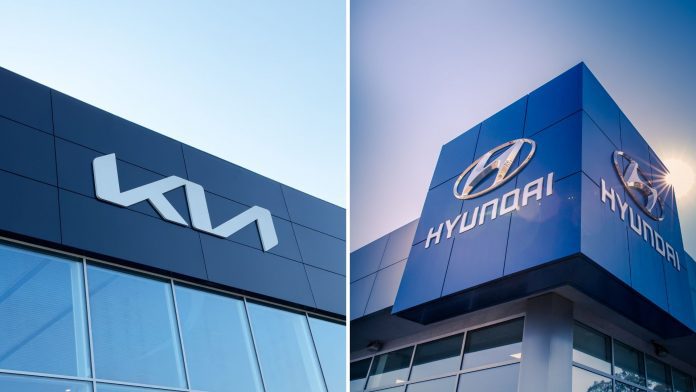Although Hyundai and Kia missed their 2024 sales targets, the automakers aim to grow their combined global sales by 2% to 7.39 million vehicles in 2025.
In 2024, the two sister automakers ranked third in global sales with 7.23 million deliveries, a 1% dip from 2023. Results in the U.S. market were strong; however, due to sluggish consumer demand, the automakers faced the biggest challenges in the European and South Korean markets.
Despite the automakers missing their 2024 targets, they remain hopeful and set ambitious goals for 2025. However, bleak uncertainties loom over two of the automaker’s most critical markets.
Consumer sentiment has taken a nosedive amid political uncertainty in South Korea, the automakers’ home country. President Yoon Suk Yeol’s declaration of martial law in early December triggered a public uproar, leading to his impeachment. If not reconciled soon, the political uncertainty could further weaken consumer demand.
In the United States, President-elect Trump threatens to impose 10% tariffs on imported goods effectively immediately once he assumes office on January 20. In addition, Hyundai started production at its new facility, the Georgia Metaplant, last year, so its electric lineup could qualify under the federal EV tax credit. However, Trump will likely terminate this program once he takes office.
In addition to the potential of losing a foothold in their most critical markets, Hyundai and Kia are anticipating ferocious competition from Japanese rivals. Honda and Nissan are formally discussing a merger, with Mitsubishi potentially joining, to create a new industry giant by 2026. If the merger is successful, Honda and Nissan will make the world’s third-largest auto group.
Despite the mounting challenges, Hyundai and Kia remain optimistic as they pursue their ambitious goals for 2025.



